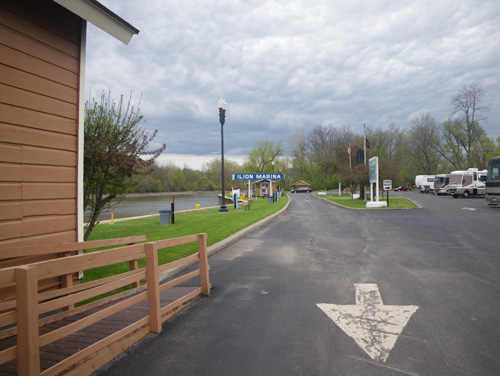
Dana called me in May to see if I would be willing to take a very special trip in the Tide and Current Taxi.
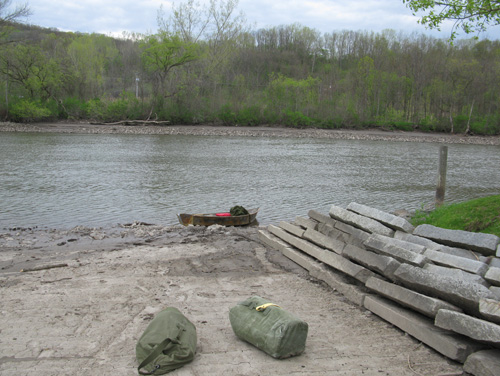
She wanted a ride down the Erie Canal, to study the area for an article she was writing.
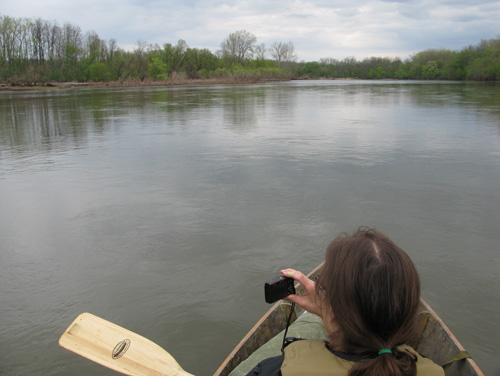
We had been talking for years about exploring the canal around where she lives in Syracuse,

and now we had a deadline.
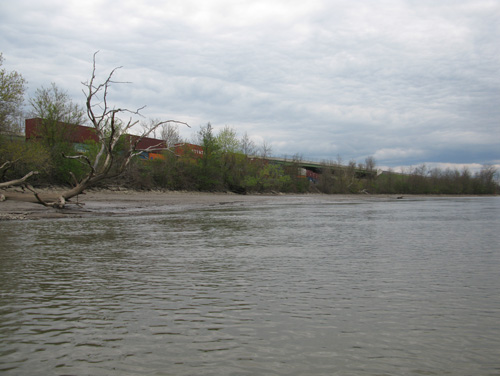
We planned to ride between Ilion and Fonda, an interesting stretch where the canal parallels the Mohawk River,

and is sandwiched between a busy train track and I-90.
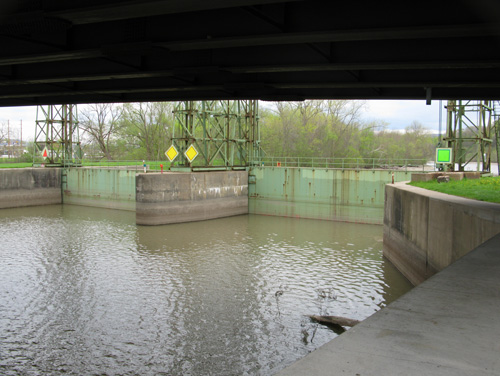
There had been heavy rains earlier in the month and the dams and locks were all closed to traffic.
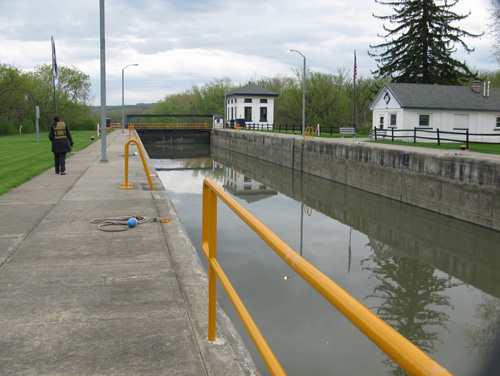
Aside from people fishing around the locks,
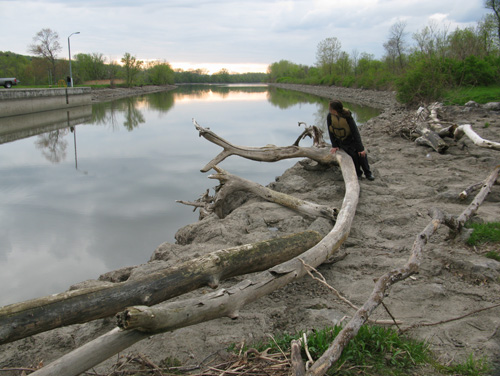
the canal was completely empty,
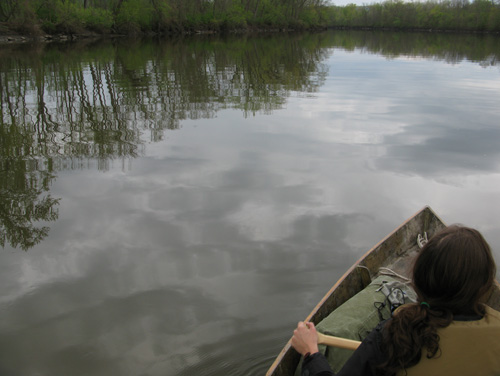
and as remote as any wilderness.
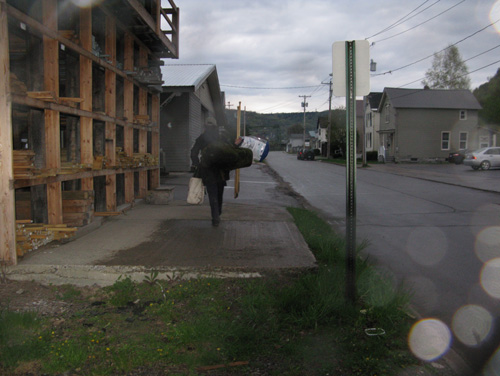
We stopped to explore some towns along the way; Little Falls, St. Johnsville.

We ate in bars and stayed in hotels along the water.

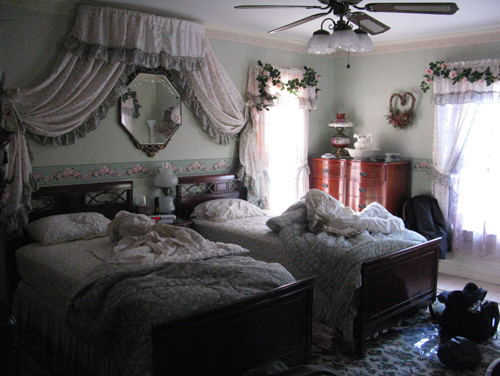
We would shyly try to hide our duffel bags and muddy clothes.

We learned quickly to navigate between the canal, which was steady, flat, and straight,
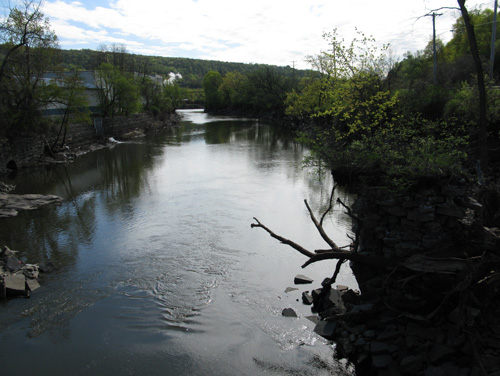
and the river, where we could catch the current.

Sometimes we made long overland portages,
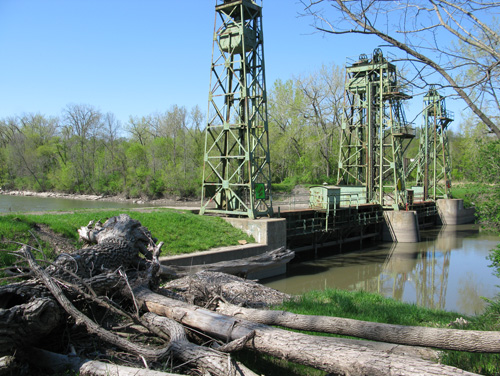
as we maneuvered around the closed locks and dams.
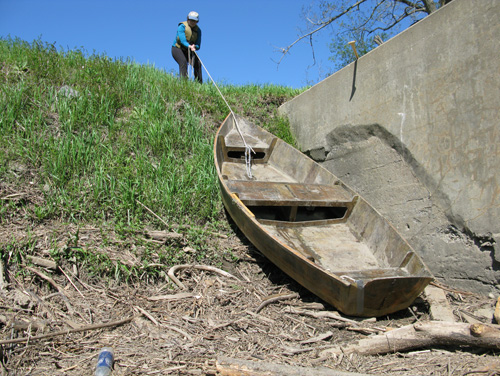
We would empty the boat,

haul it past the brush and vines,
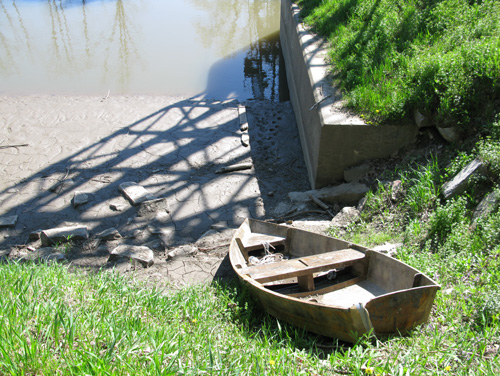
lower it down to the water on the other side and reload.
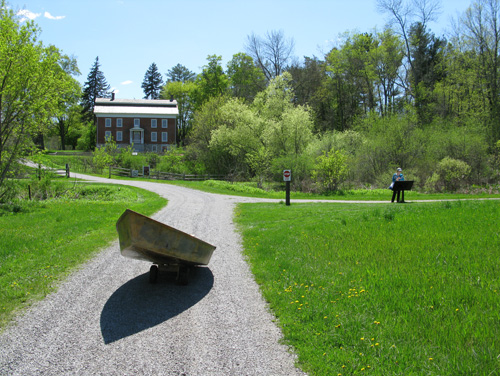
Dana knew everything about the canal; it was nice to travel with a guide.
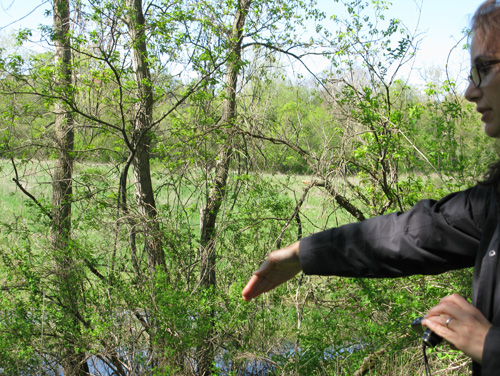
We would pull over the boat and walk a hundred yards into the woods,
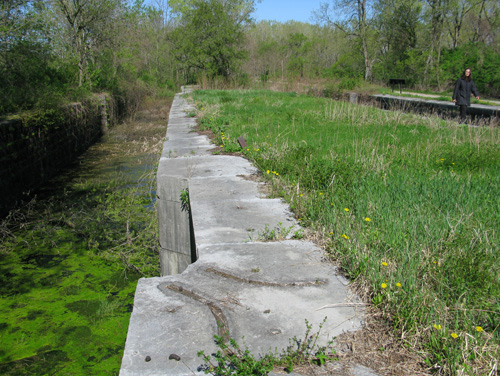
to study the ruins of the old canal.
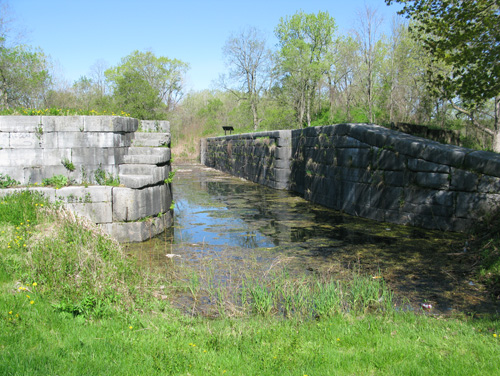
Dana told me how the original canal had been constructed almost entirely by hand; dug out by Irish immigrants in the 1820’s.

Maybe some of my ancestors worked on the canal, I thought, or childless branches of my family tree.

“How do you think traveling along the canal will change what you write about in your article?” I asked Dana.

“I guess I am realizing how much of a journey is about being in between places.” she said.
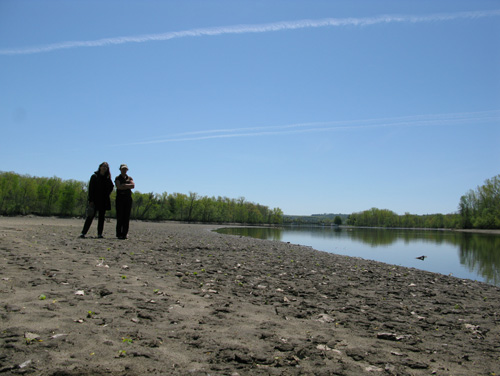
And it really was.

We traveled along miles of canal and river with nothing much to see or even talk about.

Our eyes became adjusted to small changes in the landscape.
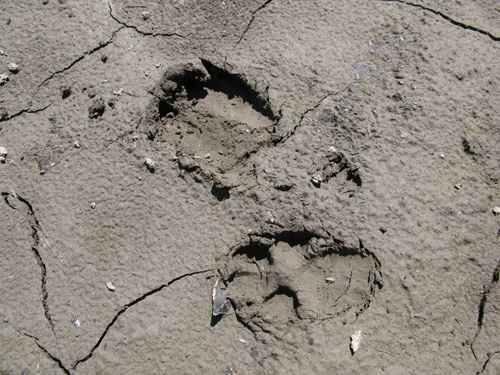
We saw an eagle and a coyote and the tracks of a hundred little things that used the river.
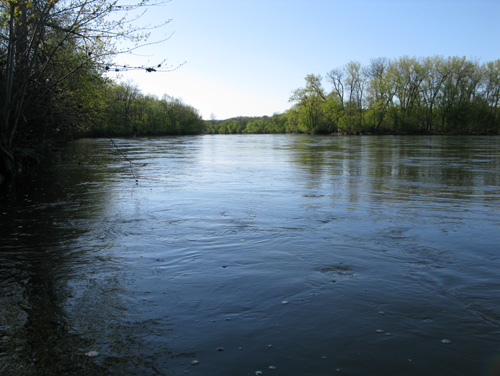
“There is not as much trash as you would think.” said Dana.
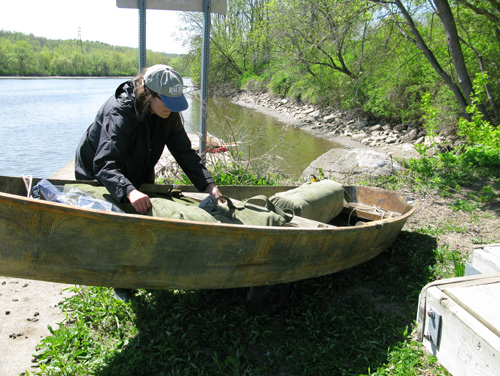
Just above Canajoharie, we portaged around our last dam.

The water roared through its gates like the mouth of a giant whale.
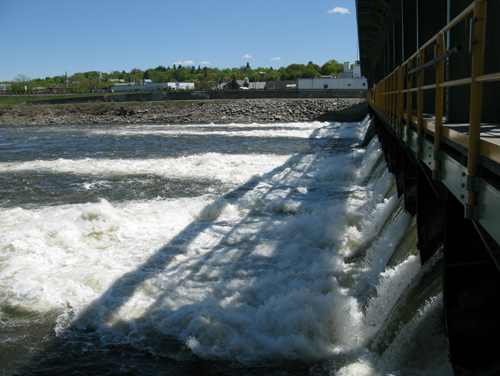
(Remember this picture. It plays into our story at the end.)
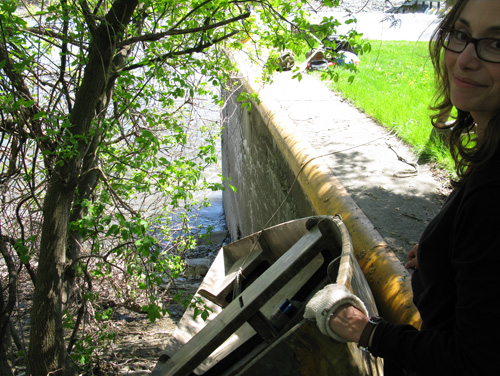
We slid the boat down the embankment on the other side.

A few miles below the dam we came to an island; a sandy strip of land.
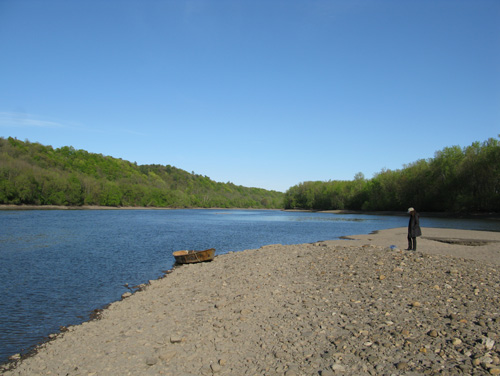
We decided it was a perfect place to camp.
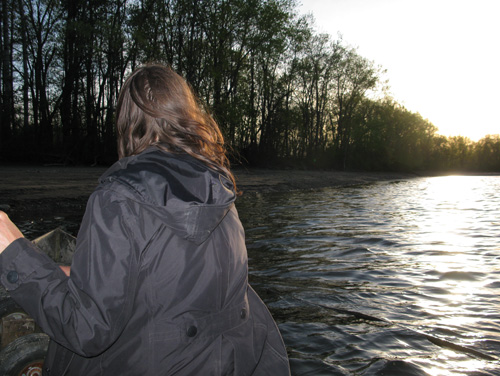
We left our bags on the island and paddled back to Canajoharie to find something to eat.

“Wait unitl I tell my friends I went camping in ‘Canjo’.” said Dana.
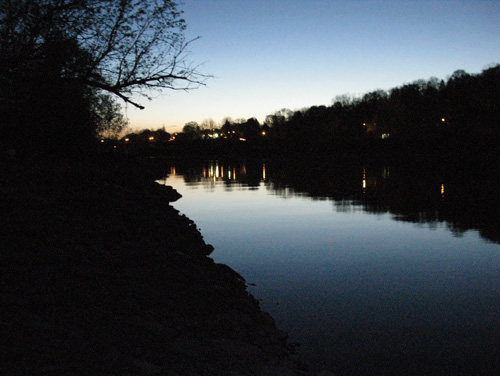
We came back to the river after dark,
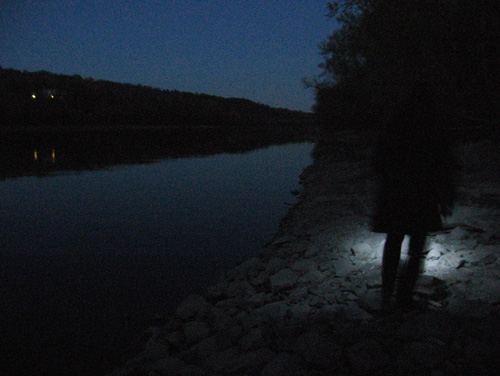
and walked along the bank to find the boat.
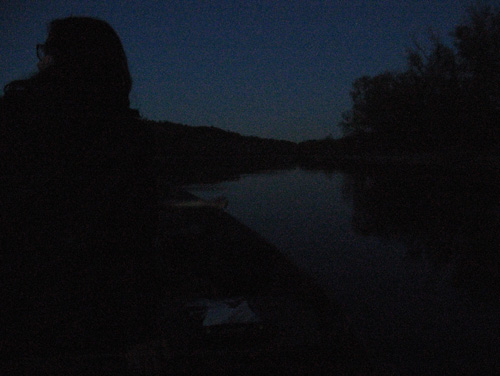
Paddling back to the island was beautiful. The water was still and black as ink.

We set up camp,
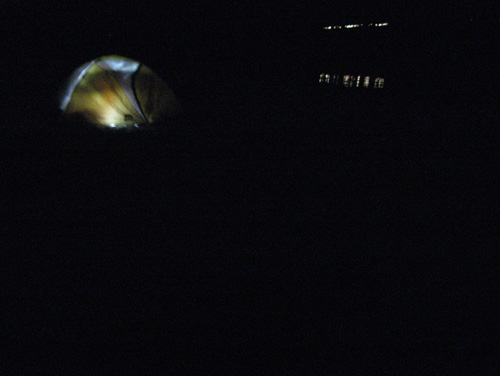
and fell asleep to the sounds of the train and highway on either side.

I felt safe and sound knowing we were on an island.
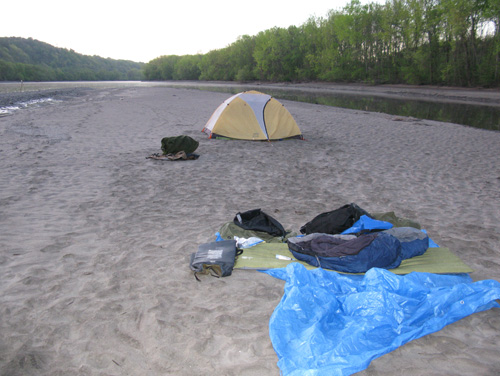
The next morning we woke up to a startling discovery;

the water seemed to have risen a few feet in the night.

Dana remembered that she had heard sirens coming from the dam.
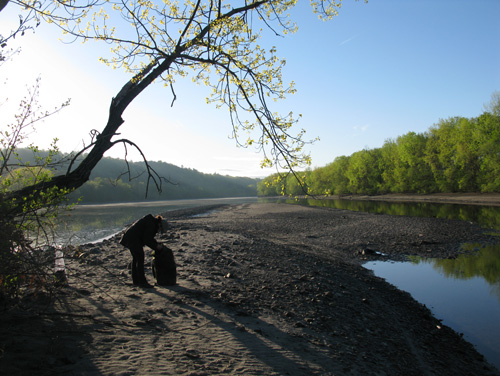
Another foot and we might have been washed away.
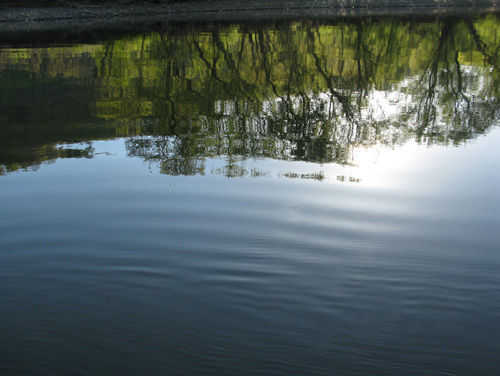
Now the water was flat and calm,
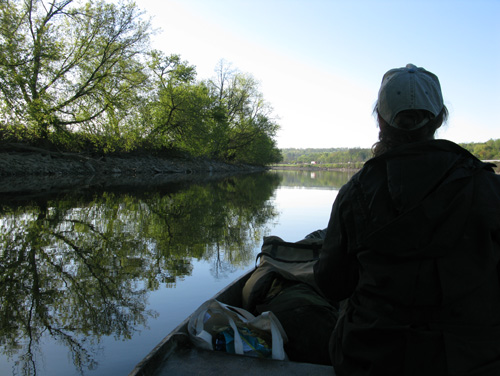
and we set out for our last day of paddling.

We floated through what seemed a remote and lonely wilderness.

We took the boat out around Sprakers,
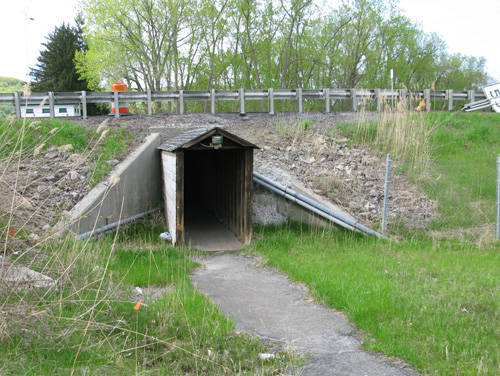
and found a little tunnel to cross under I-90.

Later that day, Dana said that her favorite part of the trip was pushing the boat through the tunnel under I-90. The strangeness of our journey seemed most apparent here, in a hidden tunnel under a road she travels every day.
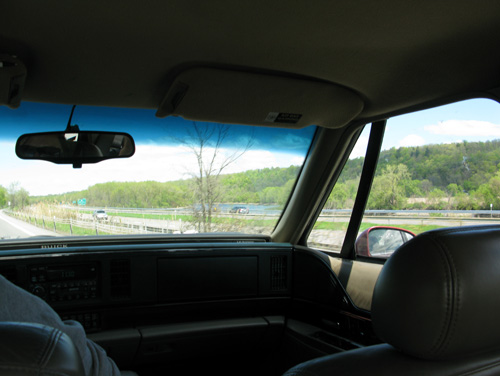
It took us just 40 minutes in the car to get back to Ilion, where we had set out 4 days before.
(You can read Dan’s article in the NY Times Magazine!)
↑ Return to Top of Page ↑